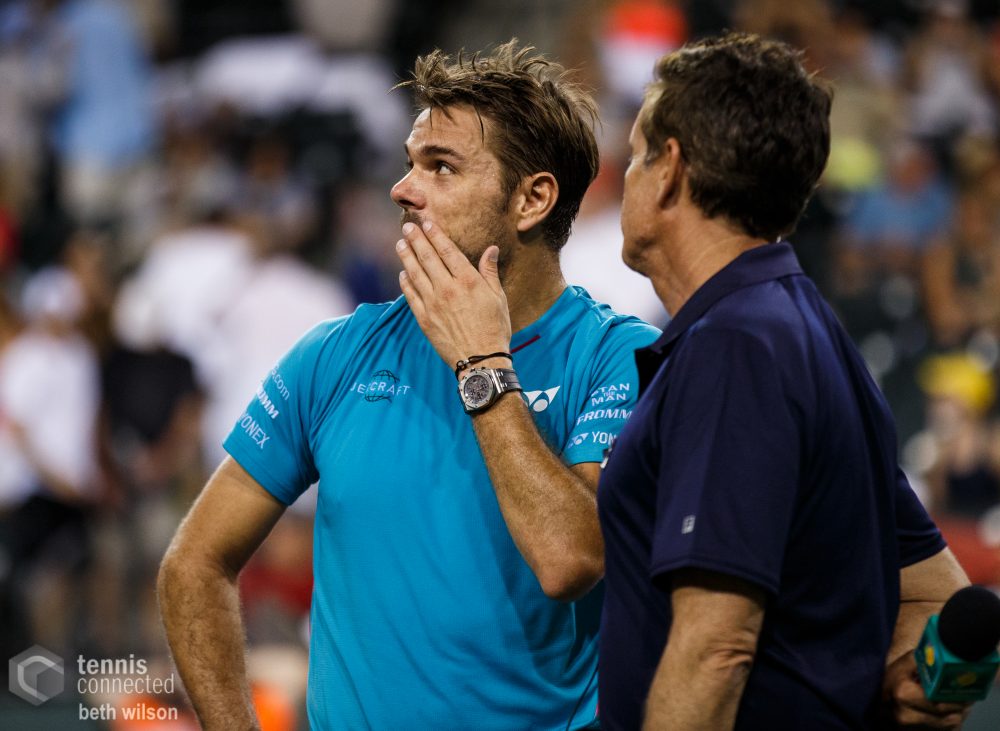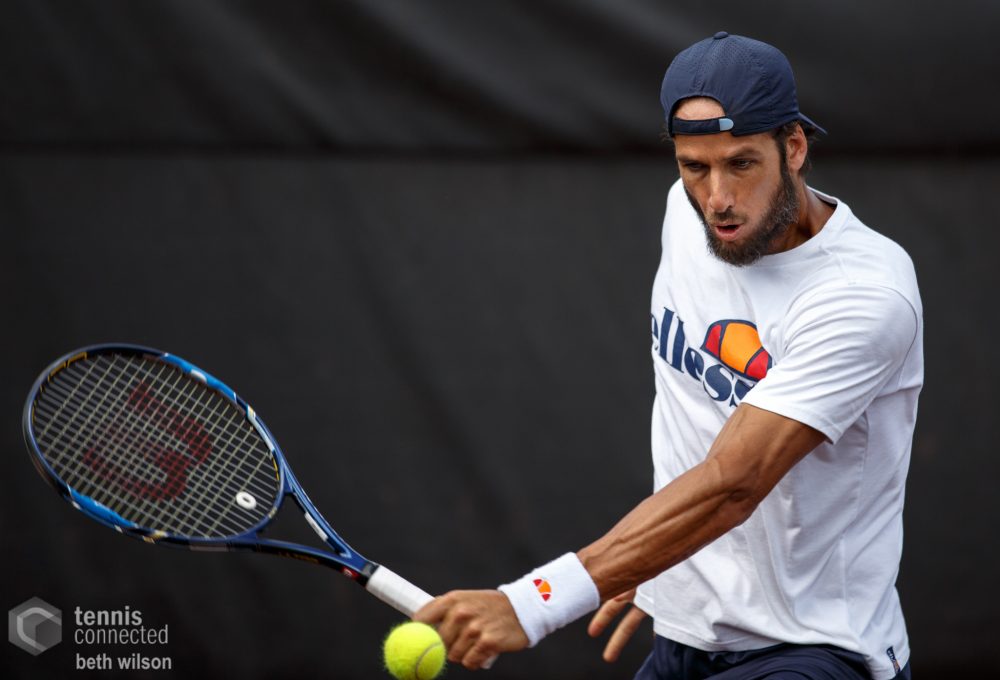The 2017 French Open is finally in the books, and it’s safe to say it lived up to expectation. A surprise winner on the women’s side, the return of the king on the men’s, and plenty of high-quality tennis throughout. Now the only thing left to do is digest it all, so here’s eight things we learned – and a ninth of which we were reminded – over the course of the 2017 French Open.
The WTA is still searching for its true number one
Coming into Roland Garros, the hope was either Angelique Kerber would turn her dismal season around, or someone else would snatch away the reins. Unfortunately, Kerber’s crapulence continued, but with Simona Halep falling short in the final, the German stays number one for the time being. Of course, it’s impossible for anybody to step-up and immediately fill the void left by Serena Williams, but having a freshly crowned major champion like Halep, or at least someone who routinely goes deep in tournaments would be a big step in the right direction.
… but so is the ATP
They might not be under quite the same cloud of uncertainty as the WTA, but few would argue the best player in the men’s game is currently ranked as such. Yet while Rafael Nadal is flying high, and Roger Federer had a scorching first-four months, age and injury history means neither is a lock to take – and hold – the number one ranking. That means there’s a decent chance we end up with a game of musical chairs for the top spot, but then again, maybe the answer is staring us right in the face – it’s the Fed killer, Tommy Haas.
Jelena Ostapenko is the real deal
Few players of any age have executed a brand of fearless, attacking tennis over the course of a major as well as Ostapenko, let alone 19/20-year-olds. Now with her first title under her belt, the Latvian seems primed to make her mark on the WTA tour, although it would be unreasonable to expect her to dominate just yet. Ostapenko will need time to adjust to the target that is now on her back, and the expectation she go deep into every tournament she enters. There will inevitably be disappointments, but after Paris, there’s no denying what she’s capable of.
Alex Zverev still has some learning to do
By no means is Fernando Verdasco an easy first-round opponent, especially on clay, but with his talent and new top-ten ranking, Zverev should have still found a way to get the victory. Instead, he got bundled out just a week after taking his first Masters 1000 title in Rome, never able to find a rhythm against the hard-hitting Spaniard. If Zverev is to take his seemingly-destined spot among the best players in the sport, he needs to be able to steal wins even when not at his best.
Exit the French men… enter the French Women
For the past ten years or so, local hopes at Roland Garros have rested on the shoulders of three men: Gael Monfils, Jo Wilfried Tsonga, and Richard Gasquet – all on the wrong side of 30, and for the first time since 2010, none of whom made the quarterfinals. Thankfully the Parisian crowds had Kristina Mladenovic and Caroline Garcia to spur them on, both playing some excellent tennis to reach the final eight. At 24 and 23 respectively, Mladenovic and Garcia have both the youth and the potential to become the first local champion since Mary Pierce in 2000, and that’s certainly something to cheer for.
The “switch” for Stan Wawrinka is very much a thing
If there’s one credo Stan Wawrinka lives by, it’s “building form is for suckers”. Case-in-point, this clay court season. With an R16-finish in Monte Carlo, R32 in Madrid and R16 in Rome, Wawrinka looked about as close to Roland Garros contention as Roger Federer, but then a week out from the tournament, he rolled through a sea of nobodies in Geneva and didn’t stop ‘til the RG final. Even with his subsequent destruction at the hands of Rafa Nadal, the legend of Stan the Man only grows with such a run out of nowhere.
Simona Halep can be a big-game player
She may not have got the final prize in Paris, but Simona Halep still has plenty of reasons to hold her head high. The Halep here was undoubtedly a more complete player than the one who made the 2014 RG Final, showing the mental toughness to dig her way out of multiple back-to-the-wall situations, and exhibiting some more attacking play of her own that by-and-large, kept her from getting hit off the court. The work with Darren Cahill has invariably paid off, and right now it seems like only a matter of time until she’s the one lifting the trophy on a championship Sunday.
It’s time to move the tarp
If there’s one thing the French are known for, it’s probably their culture. If there’s another, it’s getting out-flanked by Germany from the same direction twice in the space of 25 years. Behind those two though, it has to be their stubbornness, which once again prevailed when David Goffin tripped over the tarp kept at the rear of the court… where it subsequently stayed, ready to injure another player despite plenty of well-deserved criticism. Here’s a tip, Roland Garros: the players need their feet to play, so maybe it’s time to take a leaf out of Wimbledon’s book (I know, I know, you hate the British) and move it off to the side, s’il vous plait?
Rafael Nadal is incredible
No, this isn’t breaking news. The Spaniard has been indisputably one of the sport’s all-time greats for a decade, but in snapping a three-year drought – and I really mean snapping – Rafa just reaffirmed his superhuman status. This was as dominant a Rafa as we’ve ever seen, making everyone from Nikoloz Basilashvili to Dominic Thiem and Stan Wawrinka look like they’d come from a “play your hero” competition down at the local tennis club. Add in the fact he did this at 31 (retirement age by tennis standards) and with an injury history longer than Bernard Tomic’s list of excuses, and you’ve got what is almost certainly the single greatest tournament run of all-time. However you slice it, it’s incredible, but hey, that’s just Rafa.















